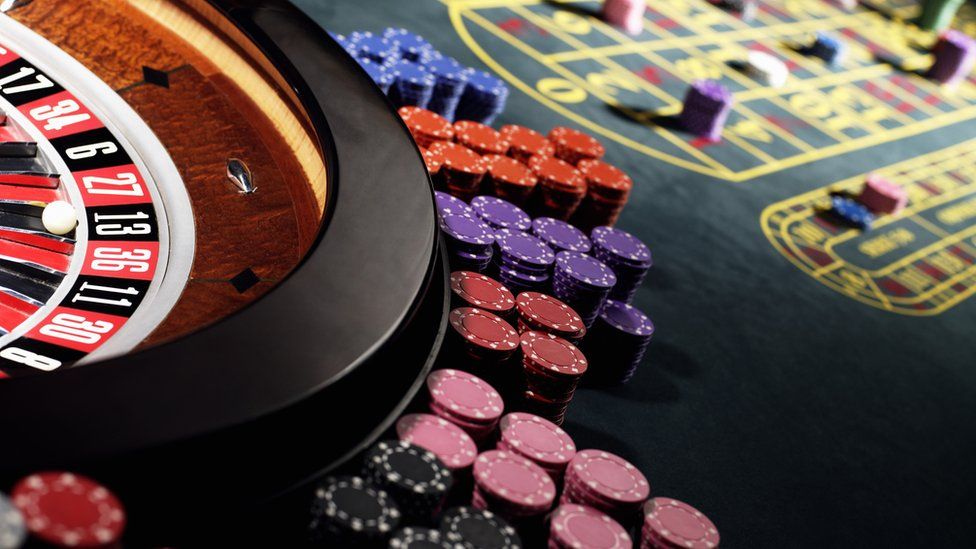
In the lively and stimulating world of casinos, where luck and strategy intertwine, color and aesthetic play a pivotal role in drawing in gamblers. GA179 As soon as visitors step into a casino or access a gaming platform, they are enveloped in a sightly feast that grabs their attention and entices them to discover further. Bright colors, captivating graphics, and creative layouts are meticulously crafted to create an atmosphere of excitement and expectation, ultimately improving the gaming experience.
As gamblers move through the ever-changing landscape of casino games, they encounter a variety of designs that not only serve aesthetic purposes but also affect emotions and choices. Hues like scarlet and gold symbolize wealth and fortune, while calm blues and greens can create a much tranquil environment. Understanding how these elements work together enables casinos to create an welcoming and stimulating atmosphere that encourages players to interact with the games, invest additional time at the tables, and boost their overall enjoyment.
The Study of Hue in Casino Games
Color plays a critical role in the development of gambling games, influencing players’ feelings and actions. Bright and bold shades, such as crimson and yellow, are often used to ignite excitement and draw focus. These colors create a sense urgency and vitality, encouraging gamblers to involve themselves more readily with the game. By strategically selecting colors, developers aim to elicit emotions of satisfaction and anticipation, which can enhance the complete game experience.
Different shades also have psychological connotations that can affect how gamblers perceive their odds of victory. For case, green is frequently associated with luck and wealth, making it a popular choice in games like the roulette wheel and poker tables. This link can lead players to feel more optimistic and assured in their play, ultimately motivating them to wager more. Comprehending these links allows game creators to design environments that enhance player enjoyment and engagement.
Furthermore, the design of gaming interfaces often uses blended colors and differing colors to guide players’ responses. For instance, successful combinations may be accentuated with striking, opposing colors, creating a visual reward. This method reinforces successful results and promotes repeated participation. By leveraging color psychology, gambling establishments can design games that not only draw players but also hold them engaged and dedicated in their play experience.
Creative Features that Engage Players
The visual appeal of gambling games is largely influenced by the use of bold colors. Bright and striking colors are deliberately chosen to create an inviting atmosphere that grabs attention. For example, crimson and golden hues often signify luck and wealth, which is why they are prevalent in the palettes of gaming machines and table surfaces. These colors not only attract players in, but they also evoke emotions related to thrill and expectation, enhancing the overall gaming experience.
In parallel to color, the design and organization of gambling games play a significant role in captivating players. Games are designed to be user-friendly, ensuring that players can easily understand the rules and mechanics. User-friendly interfaces, along with captivating graphics and animations, help maintain player interest and promote longer play sessions. The tactile elements, such as the feel of the buttons and the audio of the games, also add to a comprehensive sensory experience that keeps players engaged.
Finally, thematic elements in game design can greatly influence player choice. Many gambling games are inspired by popular culture, myths, or adventure themes, featuring symbols and characters that connect with players. These themes create a sense of engagement and connection, making each game feel distinct. When players feel a connection to the theme, they are more likely to choose that game over others, leading to increased participation and excitement within the casino environment.
Case Studies: Notable Casino Table Game Designs
One prime example of impressive gambling game design is the acclaimed slot machine series themed around blockbuster movies. Games such as those based on the Wizard of Oz and Game of thrones utilize dynamic colors and superior graphics to engage players in recognizable narratives. The use of lively visuals and captivating sound effects takes the attention of players, establishing an psychological connection to the theme. This approach not only promotes longer play but also enhances the overall gaming experience, resulting in increased player retention.
Another effective case is the application of the psychology of color in table games like blackjack and roulette. Casinos often develop these games with rich reds and greens, colors traditionally linked with luck and wealth. For instance, the emerald felt on a 21 table provides a calming effect, while the red accents in the wheel invite excitement. This intentional use of color helps to foster an inviting atmosphere that motivates players to engage, fulfilling their psychological impulses and increasing their enjoyment.
Finally, social casino games that feature community features and lively, dynamic designs have experienced remarkable success in engaging players. Games like Zynga Poker and Slot-O-Mania leverage striking colors and playful animations to forge an inviting online environment. The addition of leaderboards, social sharing options, and in-app rewards encourages competition and community, attracting players in for longer sessions. Such designs not only make the games visually appealing but also highlight social interaction, a key factor in player retention and engagement within online casino environments.
